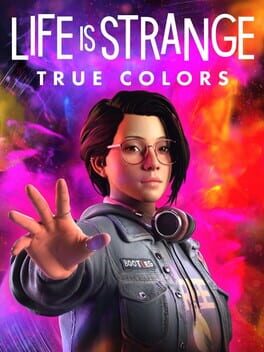The Life is Strange series is one that will constantly be compared to the first game, as it sets the precedent for how players engage with the rest of the series. True Colors has a lot that is similar to the first game, but with a more positive outlook. Whereas the first game was a tragedy with good scattered throughout, the second game was a tragedy that got worse as it went along, and the third game is a tragedy that gets better and shows the positives of life.
While bad things do happen, the player gets to experience something the other games do not show: healing. The mood is largely nice and does not revel in the misery of its characters allowing them to grow beyond the situation.
Saying all that, it does lead to the game being less impactful than the rest of the series. I played this game far more recently than Life is Strange 1, but remember far more than I do from True Colors.
Gameplay-wise, the game has everything I like it: you get to explore fairly freely, talk to whoever you want, see others develop without your influence, and use empathy to interesting effects. While empathy is the least impactful power in this series, it is used well, just with fairly obvious conclusions that come from choices regarding it.
All in all, a nice departure from the trends of the series that blends tragedy with hope to provide a more light experience than the rest of the series.
While bad things do happen, the player gets to experience something the other games do not show: healing. The mood is largely nice and does not revel in the misery of its characters allowing them to grow beyond the situation.
Saying all that, it does lead to the game being less impactful than the rest of the series. I played this game far more recently than Life is Strange 1, but remember far more than I do from True Colors.
Gameplay-wise, the game has everything I like it: you get to explore fairly freely, talk to whoever you want, see others develop without your influence, and use empathy to interesting effects. While empathy is the least impactful power in this series, it is used well, just with fairly obvious conclusions that come from choices regarding it.
All in all, a nice departure from the trends of the series that blends tragedy with hope to provide a more light experience than the rest of the series.
